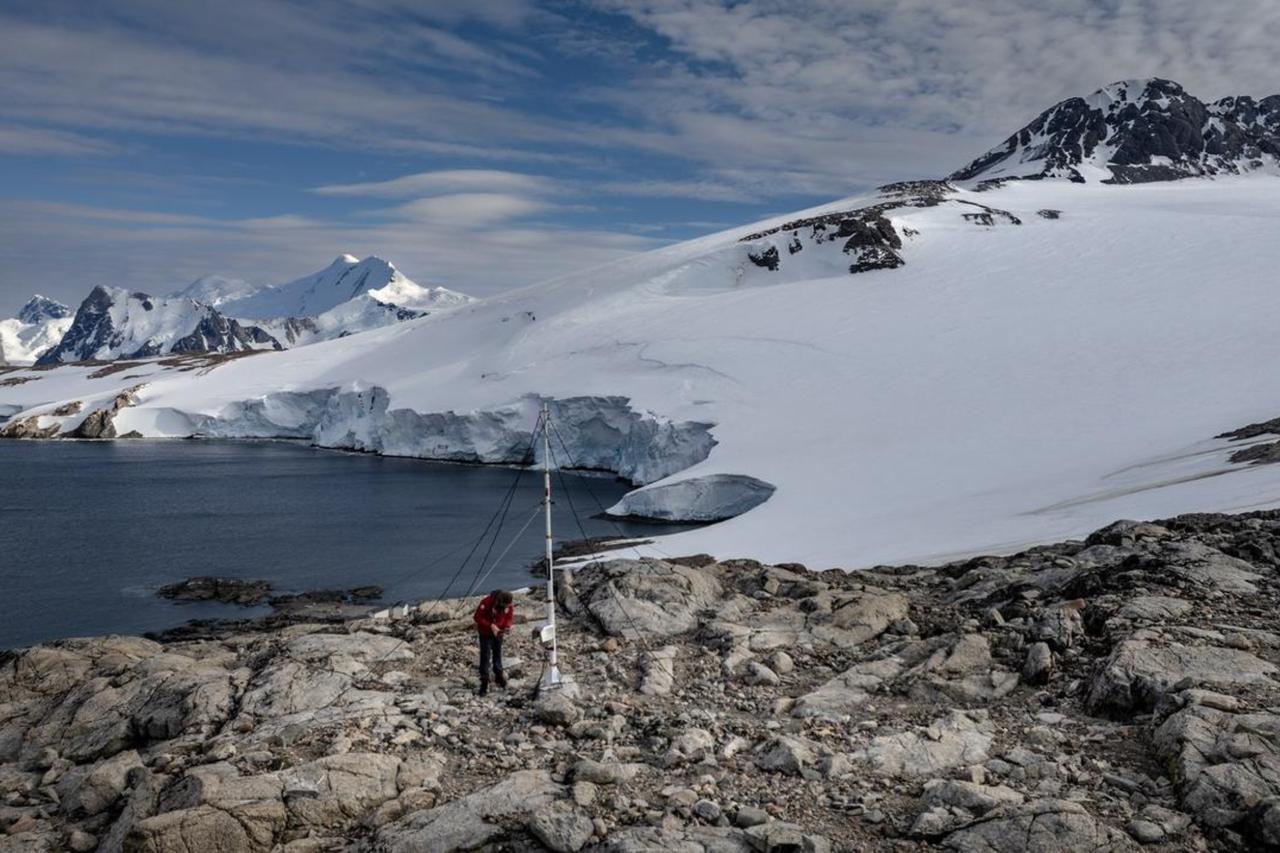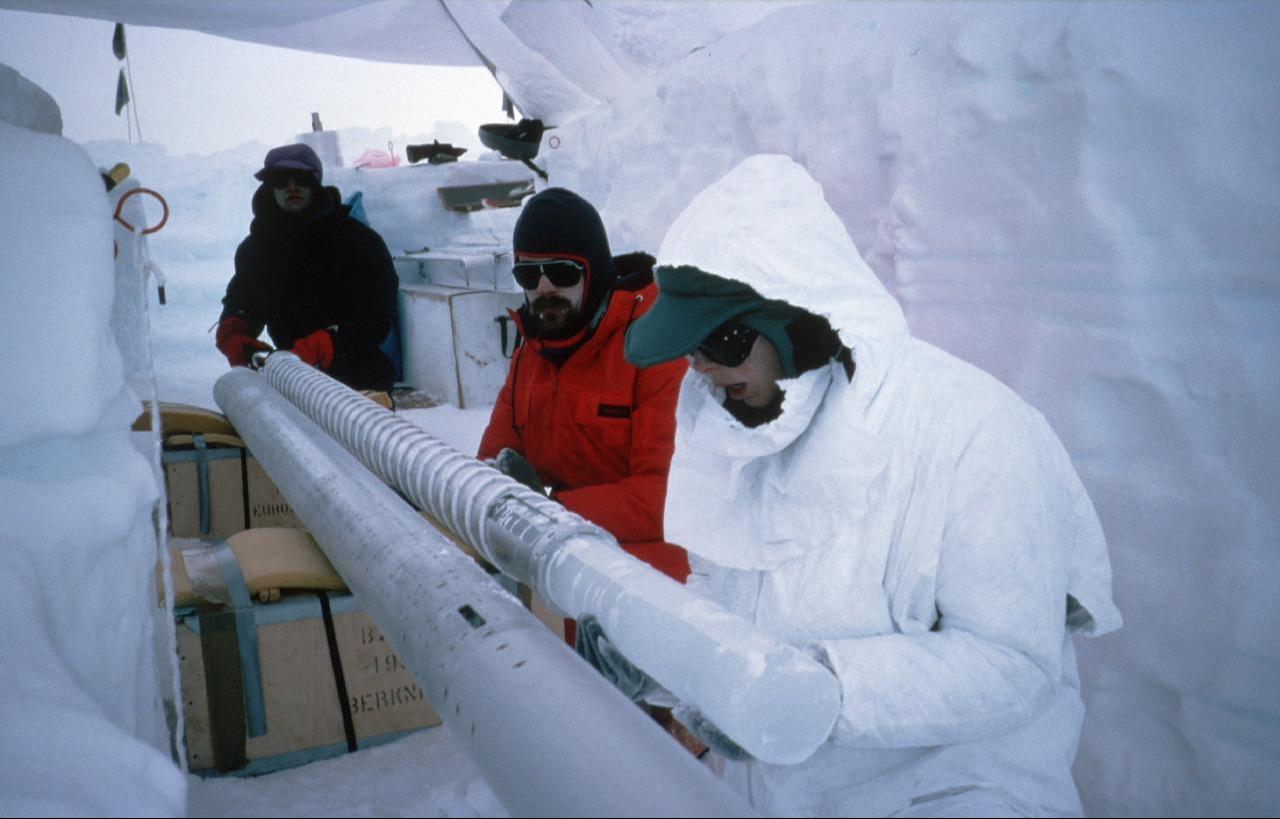
Scientists at the British Antarctic Survey (BAS) have begun using artificial intelligence to more efficiently detect life on the Antarctic seafloor. The new system can analyze tens of thousands of images in seconds, reducing researchers’ workload significantly.
Traditionally, identifying marine organisms in seafloor photos could take hours. With the AI-supported system, this process is completed in seconds. The technology can also be deployed on research vessels, allowing scientists to determine which areas require special protection and to survey larger regions of the ocean floor.

The Antarctic seafloor hosts 94% of the South Ocean's marine species, many of which are found nowhere else on Earth. Climate change and human activity pose threats to these unique organisms, making rapid detection critical.
Researchers trained the AI using photos taken by the German research vessel RV Polarstern. Information about sponges, fish, corals, and shellfish from 100 different images was fed into the system, enabling it to identify these organisms across all collected South Ocean images. About 30,000 pending images have already been processed, reducing the backlog and accelerating scientific research.
BAS machine learning researcher Cameron Trotter said the system allows marine biologists to examine more data in less time, a task that previously took up to eight hours per photo.